BGSU’s Center for Archival Collections has a variety of local manuscripts available online. While reading through the “Annie R. Stuart Diary” I found this entry:
Sunday, June 9, 1861
All went to the french church to see them march and try to kill the devil. There was a great many there. Did not all march. Some of us sat at the foot of the cross until we were tired and we went to the edge of the woods and stayed with the others a short time. George asked me to take a short ride which we did and had a pleasant time. They returned from their march and bowed at the alter. We left. Went to church. 3 of the students here. Very tired.
http://www.bgsu.edu/colleges/library/cac/transcripts/mms1454a.html
Since the diary mentions locations throughout the rural Tiffin area, I’m thinking the church is Frenchtown St. Nicholas. The date would be the Feast of Corpus Christi, so perhaps the Luxembourger immigrants had some type of festivity as described at the link below.
http://www.catholicculture.org/liturgicalyear/activities/view.cfm?id=1088
Further speculation welcome . . .
Subscribe to:
Post Comments (Atom)
.png)
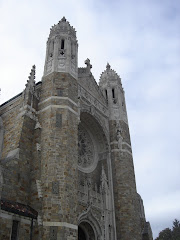







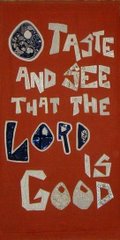
.png)
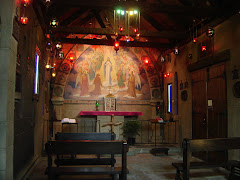






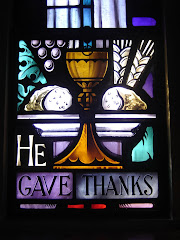
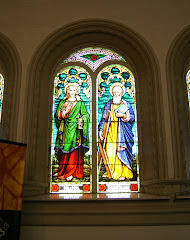
5 comments:
A loony Protestant misreading the situation?
I checked the date on that handy All Saints parish website. : )
Heyheyheynow ... ;) heheh- That's okay, I'm sure you already realize you've been infiltrated ... that's an interesting diary. I read the entire thing. At other points, the writer, who may have been a young schoolteacher, says "Had two letters. One from Sister Mary" (she may have inadvertently capped "Sister", so Mary may or may not have been a nun. She also speaks of "dear sister Sophia", "brother Robert", and "sister Martha"). Also says "Did not go to church. It was German". And on another Sunday, "Rained so that we could not go to church." The french-church post makes it apparent that the writer went to a different church. Whether or not it was one of the German Catholic churches or one of the German Lutheran churches, we'll just have to wonder. ;)
Re: "kill the devil"
Corpus Christi processions in Europe often marched all around the bounds of a parish, and included a dragon banner or effigy. This may have originally been a symbol of the earth and fertility (praying for crops being a seasonally appropriate thing) of the Roman state, or even of Christ (Easter candles in the Middle Ages often jutted out of the mouth of a snake or dragon-shaped candlestick).
But in later times, the dragon became more and more identified as the Devil, and the procession around the bounds as showing him that he wasn't allowed inside the parish. Such processions often ended with the Devil-dragon effigy being "killed", either by being burned or beaten like a pinata. Sometimes they ended by driving the Devil out of the parish and into the next parish, which often resulted in fights with the next parish.
I think this would jazz up our contemporary Corpus Christi celebrations something wonderful. (The effigy beating, I mean, not the intra-parish brawl.) :)
Apparently, in South America you get "devil dancers" instead. But nobody beats them up; they just dance.
Post a Comment